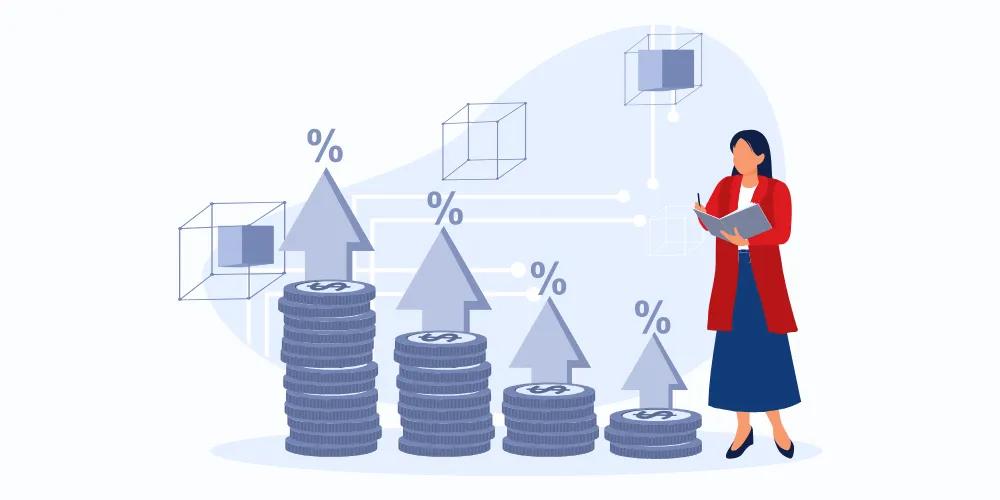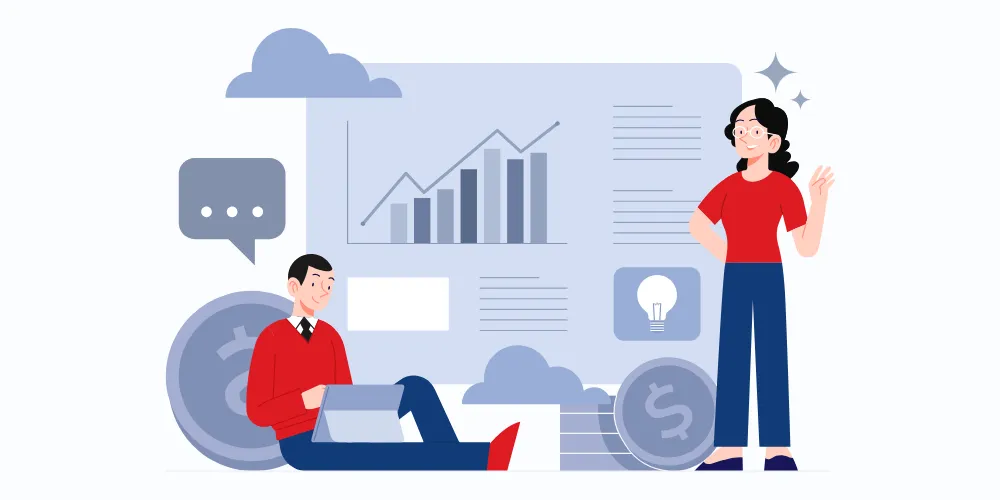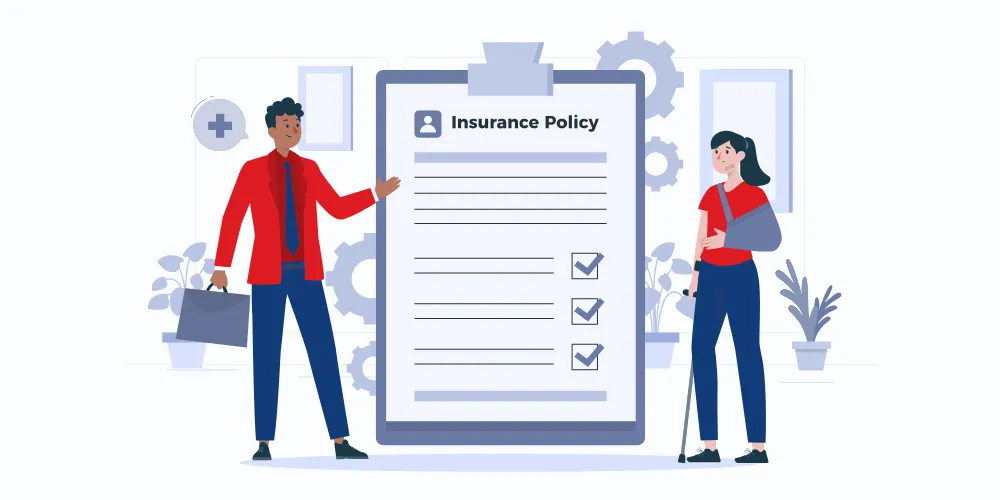Top 7 Sales Compensation Trends for 2024
- Amit Jain
- Jan 11, 2024
- 4 min read
- Last updated on May 31, 2024
The pivotal year of 2023 marked a departure from the conventional "rapid scale-up" mentality that had been the driving force behind many startups for a prolonged period. The market, characterized by unprecedented volatility, ushered in a new era of business mindsets, emphasizing efficient growth over indiscriminate expansion.
Organizations underwent a strategic recalibration in response to the challenges faced in the year's first half. The focus shifted from the traditional 'net new business' to "key performance indicators (KPIs)" that depict a more nuanced picture of a company's value.
However, a critical aspect lagged amid this transformation - to align sales compensation plans with these emerging KPIs. Despite the concerted efforts to adapt to quickly changing business needs, integrating sales incentive structures with the newfound metrics fell short. It created an intriguing challenge for businesses to keep pace with market fluctuations, technological breakthroughs, and team dynamics.
Below are the top 7 Sales Compensation Trends to be aware of while designing sales compensation plans for 2024:
Collaborative Approach in the Sales Compensation Plan Design
Effective sales compensation plan design relies on collaboration, underscoring the importance of streamlined cooperation across different teams. In 2024, it would be important for organizations to form sales compensation governance committees.
The committee should include individuals from applicable departments such as Finance, Legal, Sales Operations, Sales Leadership, RevOps, HR, IT, etc., to guide the incentive plan design process and ensure alignment with business goals, resources, and existing infrastructure. This collaborative effort integrates the sales compensation plan with organizational strategy, fostering clear communication, adaptability to changing conditions, and a structure that motivates high performance from the sales team.
Surprisingly, only 44% of organizations use incentive compensation platforms for plan design support and analytics, while 70% rely on spreadsheets, highlighting a potential gap in leveraging modern tools for optimal sales compensation planning.
Personalized individual and team incentives will set a new standard
Setting foot in 2024, the trend toward personalized incentives takes center stage. Companies are steering away from generic, one-size-fits-all incentive structures because we are dealing with multi-generational salesforces, and every sales team member contributes uniquely to organizational success.
The transition is towards a more refined approach, tailoring incentives to individual strengths, localized market conditions, and desired outcomes. This personalization motivates sales professionals while acknowledging and rewarding the team's diverse skill sets and contributions. Consistent with this strategy, individual and team incentives will be further personalized, considering factors like role, tenure, and the complexity of the sales process.
According to a report, personalized incentives have been associated with a productivity increase of approximately 15-20% in salespeople.
Prioritizing recruitment and retention of top sales talent
Companies are constantly seeking methods to discern and analyze the behaviors of high-performing individuals. Extra emphasis would be put on retention/signing bonuses to minimize the attrition of the top performers and extend their stay. The aim is to incorporate these insights into the sales compensation plan, creating an attractive and rewarding environment that aligns with the expectations of top-tier sales talent.
While enhanced onboarding and retention strategies are valuable, a more potent approach involves demonstrating adaptability to the evolving quota plans. One good example could be facilitating sales talent acceleration during the ramp period, which will help reduce the new hire attrition. A high-performing sales team is a strategic asset for long-term revenue success of an organization.
Effective on boarding programs can increase employee retention by 25% to 60%.
Automate sales compensation processes for fast-evolving business needs
The acceleration of business dynamics in 2024 is driving a growing urgency for the automation of sales compensation processes. Organizations are realizing the need for technology-driven solutions to streamline sales compensation calculation, tracking, and management.
Automating sales incentive programs will become a key priority to enable change flexibility due to fast-evolving market needs. The focus on automation reflects a commitment to staying agile and responsive in an era where speed and precision are predominant. The primary objective is for the sales compensation system to follow the business need and not the other way around.
Around 70% of employees express higher job satisfaction when they perceive that their incentive payouts are transparent, accurate & timely.
Providing rewards for all significant touchpoints
As companies face revenue growth challenges, there is an evolving viewpoint in recognizing and incentivizing activities within the sales process. While pipeline development remains a major challenge, a minority of organizations currently include it in their sales compensation plan.
Recessionary market conditions, longer sales cycles, and multiple stakeholder involvement on the buyer side will require organizations to pay incentives for all significant touchpoints. By rewarding activities at every touchpoint, organizations can work towards creating a more comprehensive and effective compensation strategy, leveraging modern tools such as QR codes for instant access to incentive details.
According to DCR Strategies, companies that implement incentive programs achieved their established goals at a success rate of 79% when the right rewards were provided to sales team.
Transparency in incentives linked to CRM activities and actionable nudges
Transparency takes center stage in the evolution of sales compensation trends in 2024. Organizations are prioritizing clear communication regarding how incentives are linked to Customer Relationship Management (CRM) activities. By actively combining analytics from customer engagement and incentives, companies create a tangible connection between performance and their rewards.
Focusing on incentive payout transparency to improve workforce engagement while integrating insights from the sales funnel will help with better conversion. Additionally, incorporating actionable nudges can guide and motivate sales professionals to take the right action and achieve desired behaviors. This dual approach ensures that the sales team knows the incentive structure and receives timely feedback and direction for continuous improvement.
According to the Incentive Research Foundation, a well-designed incentive program has the potential to boost employee performance by 44%.
Involving sales team in the quota-setting process
Involving sales team in the quota-setting process is gaining momentum in the sales compensation trends for 2024. Recognizing that the sales team is at the forefront of customer interactions and market dynamics, organizations are moving towards a more inclusive approach to goal-setting.
Involvement and buy-in of sales teams in the target allocation and objective-setting process would be a key need for alignment of the salesforce with corporate strategic goals. Companies can cultivate a sense of ownership and commitment by actively engaging the sales team in this process. This will help with the trust in the quota-setting process and better ownership from the salespeople. It can also ensure that goals are challenging and aligned with the team's capabilities and expectations.
Approximately 40% of companies rely on historical information as a primary data point when setting quotas.
Overcome the challenges of 2024 with Incentivate
The right sales compensation automation solution that allows the modeling of different incentive plan design ideas can significantly improve the quality and effectiveness of the sales compensation program. Built-in capability to provide actionable nudges and the right level of transparency helps build trust and faith in the incentive management process.
Incentivate is a leading incentive management solution designed to streamline your commission process, enhance efficiency, and drive high-performing sales teams to new heights. With the ability to automate the management of incentive programs, businesses can save time and resources while improving accuracy, transparency, and productivity.
Our incentive automation platform can easily integrate with a business’s performance management and reward management processes. By tracking employee performance, identifying areas for improvement, and rewarding employees for achieving their goals, organizations can create a culture of performance and engagement that drives revenue growth and success.




